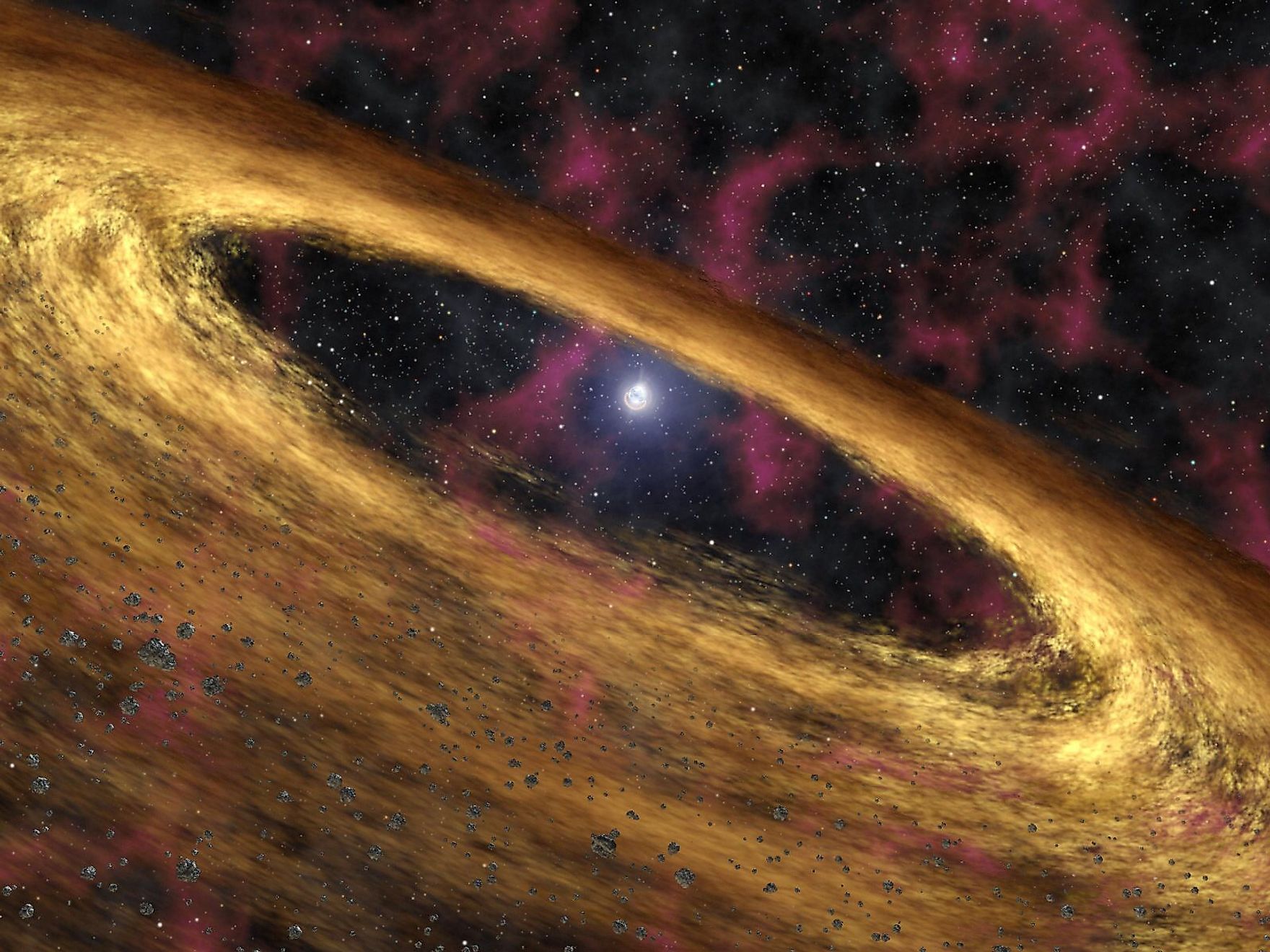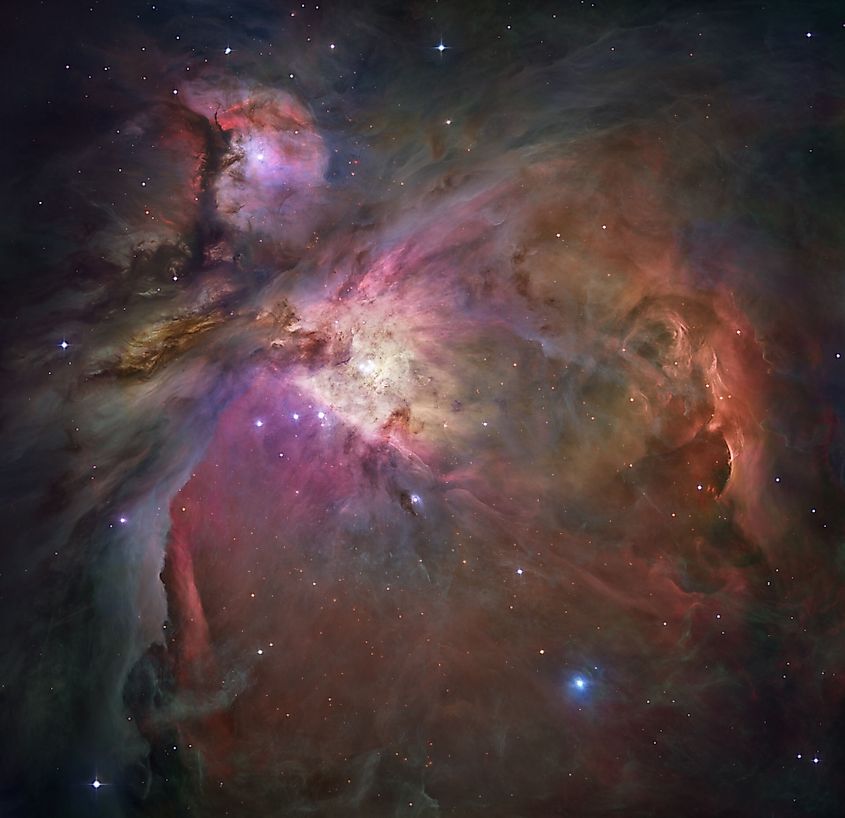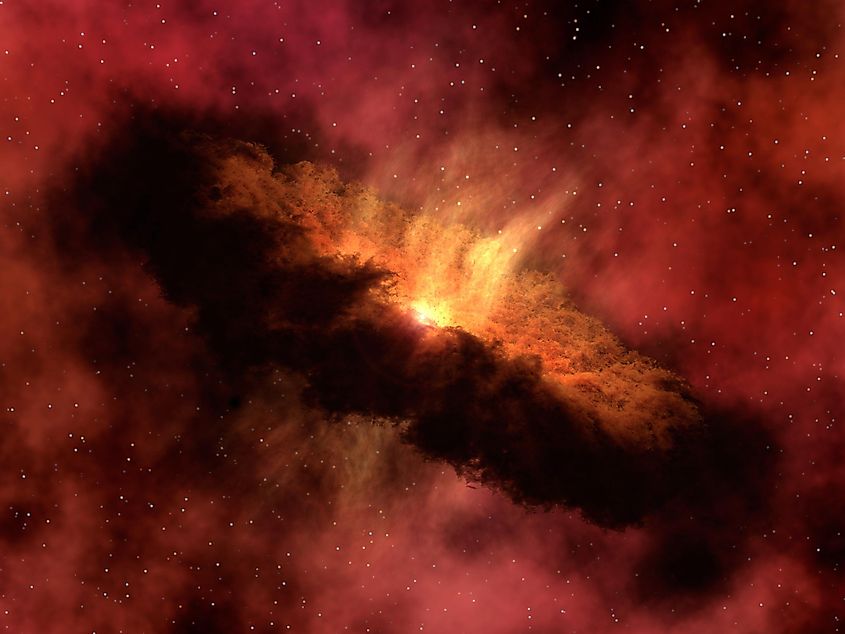
New Research Explains The Formation of Super-Earths
The universe contains a multitude of different types of planets. Our solar system is home to three different types of planets: terrestrial planets, gas giants, and ice giants. Interestingly, the most common type of planet in our galaxy cannot be found in our solar system. Called super-Earths, they are planets whose size and mass are between that of the Earth, the largest terrestrial planet in the solar system, and Neptune, the smallest of the outer planets. Super-Earths are the most common type of exoplanet found orbiting other stars, yet since there are no super-Earths in our solar system, astronomers have had a difficult time trying to determine how they form. Now, new research may shed light on how these giant rocky worlds came to be.
Formation of Planets

The currently accepted model for planet formation is that after a star forms, a large disk of material, called a protoplanetary disk, forms in orbit around the young star. Over the course of a few million years, gas and dust condense to form solid material that coalesce to form planetesimals. Over time, planetesimals collide to form small planets. Dozens, and sometimes even hundreds, of planets may emerge from a single protoplanetary disk. The vast majority of these worlds will end up colliding with one another to form even larger planets. In less than 10-million years, an entire solar system will emerge. In our solar system, the planets are split into large worlds composed of gas, and smaller worlds composed of rock and metal. The reason why there are two distinct regions of our solar system is due to the fact that when the sun was born, bursts of energy pushed lighter materials away from the sun, while heavier materials remained in the inner solar system. Hence, the planets of the inner solar system became rocky worlds rich in metal, while the outer planets are composed mostly of hydrogen and helium.
While this model of solar system formation works well for our solar system, it has been unable to explain how solar systems with super-Earths came to be. There are two prominent issues posed by the presence of super-Earths. First, solar systems that contain super-Earths tend to contain multiple super-Earths that are evenly spaced apart in their orbits and have nearly identical compositions, sizes, and masses. Second, most super-Earths contain compositions similar to both terrestrial planets and gas giants. To explain how these worlds form, astronomers revised existing models of solar system formation.
Multiple Disks

Any model that seeks to explain how other solar systems form must also explain how our own solar system formed. In 2021, astronomers published a new model of planet formation that assumes two protoplanetary disks formed in orbit around the sun, one within the inner solar system and one located in the outer solar system. Both disks resulted in the formation of different types of planets, with the inner disk forming the rocky planets and the outer disk forming the gas giants and ice giants. This model works well for our solar system, and new research suggests that it also explains how super-Earths form as well.
The model suggests that in some cases, solid material concentrates within a single band within a protoplanetary disk, where silicate dust condenses to form small rocks. This band would be a mixture of rocky material and gaseous elements. Since the band is a concentration of vast amounts of material, it can potentially cause the formation of multiple planets. As a planet forms, drag caused by gas and dust causes the planet’s orbital speed to slow down, and it eventually exits the disk. Like a conveyor belt, the protoplanetary disk will keep forming planets and pushing them away until most of the material is used up. Since the band within the disk contains a mixture of light and heavy elements, it will form a series of gigantic planets that have a mixture of these chemicals, hence the reason why super-Earths have compositions similar to rocky worlds and gas giants. Not only does this model work for our solar system, but it also explains how other solar systems may have formed as well.











